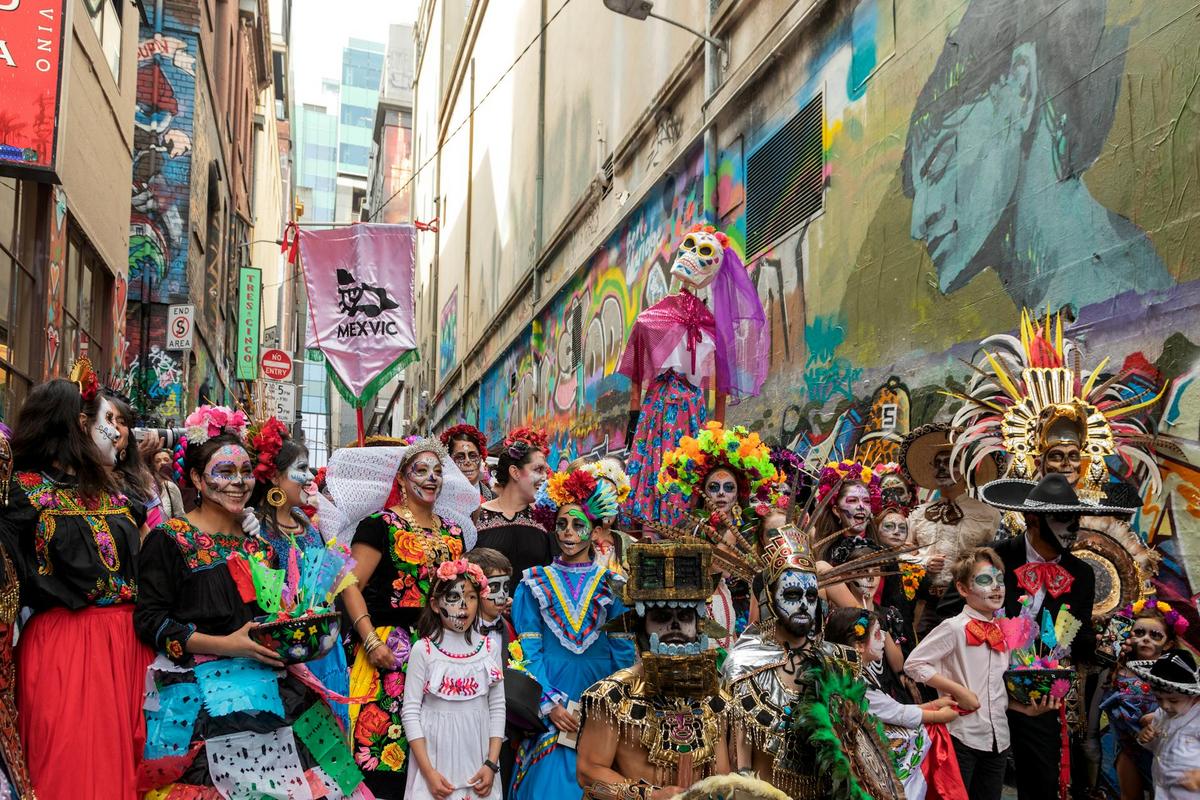
The Art of Storytelling Through Photography
Photography is more than just capturing moments; it’s about telling stories through the lens. Each photograph has the potential to convey emotions, narratives, and a deeper understanding of the world, making storytelling an essential skill for photographers.
The Power of Visual Narratives
Storytelling through photography is an art form that allows photographers to connect with their audience on a profound level. According to renowned photographer Steve McCurry, ‘A picture can express a thousand words, but a great photograph can narrate an entire story.’ This highlights the importance of creating images that resonate with viewers, evoking emotions and sparking imagination.
Research Insights
A study by the University of California found that images with strong storytelling elements are 70% more likely to engage viewers than those without. This statistic underscores the need for photographers to focus on narrative elements when composing their shots.
Crafting Stories Through Images
Engaging storytelling in photography involves careful consideration of various elements such as composition, lighting, and subject matter. Personal experiences play a vital role in the storytelling process. For example, capturing the vibrant culture of a bustling market might remind one of their travels, adding layers of personal connection to the image.
Actionable Tips for Storytelling
- Focus on Emotion: Capture candid moments that reveal genuine emotions.
- Use Composition Wisely: Employ leading lines and framing to guide the viewer’s eye.
- Pay Attention to Details: Small elements can add depth to the story.
Always have a clear theme or message in mind before you start shooting. This will guide your decisions and help you create a cohesive narrative.
Examples of Storytelling in Photography
Consider the work of Dorothea Lange during the Great Depression. Her photographs, like ‘Migrant Mother,’ tell poignant stories of struggle and resilience. Lange’s ability to capture the human condition through her lens has left a lasting impact on storytelling in photography.
Table: Elements of Storytelling in Photography
| Element | Description |
|---|---|
| Emotion | Conveys feelings and moods |
| Composition | Directs viewer’s attention |
| Lighting | Sets the tone and atmosphere |
| Subject Matter | Focus of the story |
| Background | Provides context |
| Color | Impacts the mood |
| Perspective | Offers unique viewpoints |
| Symbolism | Adds deeper meaning |
Frequently Asked Questions
How can I improve my storytelling skills in photography?
Practice observing and capturing everyday moments, focusing on the emotions and stories they convey.
What role does editing play in storytelling?
Editing can enhance the narrative by highlighting key elements and creating a cohesive visual story.
Conclusion
Storytelling through photography is a powerful way to connect with your audience and share your perspective. By focusing on emotion, composition, and other narrative elements, photographers can create compelling images that resonate with viewers. As you continue to refine your storytelling skills, remember that every photograph has the potential to tell a unique and impactful story.


